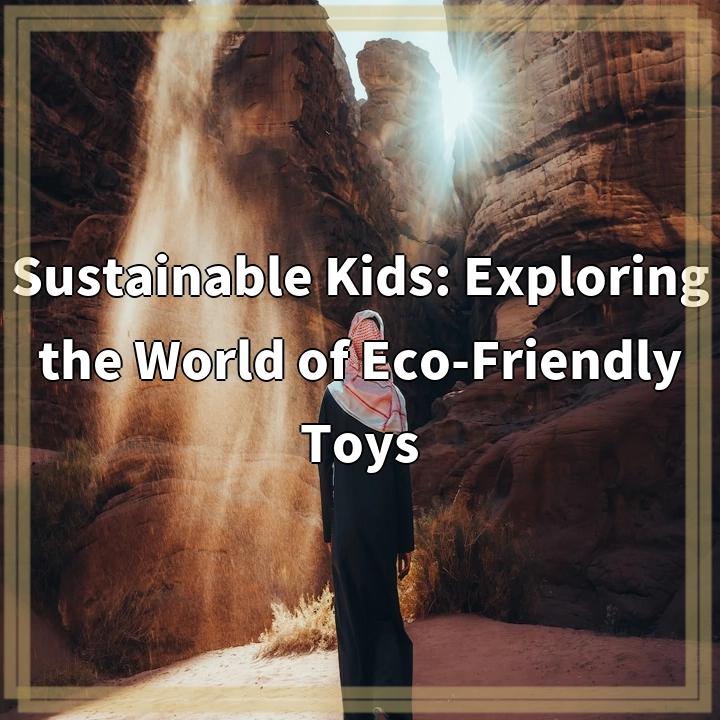
What it is:
Eco-friendly toys, also known as sustainable or green toys, are products designed and manufactured with a focus on minimizing their environmental impact. These toys prioritize the use of environmentally friendly materials, sustainable production processes, and ethical labor practices.
Real-World Problems Associated with Sustainable Kids Toys:
1. Plastic Pollution:
The conventional toy industry relies heavily on plastic materials, resulting in significant plastic waste and pollution. Plastic toys often contain harmful chemicals that can leach into the environment and pose health risks to children.
2. Resource Depletion:
Traditional toy manufacturing consumes finite resources, such as petroleum, water, and timber. Unsustainable sourcing practices contribute to deforestation, habitat destruction, and the depletion of natural resources.
3. Waste Generation:
Many conventional toys are designed for short-term use and quickly end up in landfills. The fast-paced nature of the toy industry and the high turnover of trendy, unrecyclable toys contribute to excessive waste generation.
4. Chemical Exposure:
Mainstream toys often contain toxic chemicals such as phthalates, lead, and formaldehyde, which pose risks to children’s health. These chemicals can be harmful if ingested or absorbed through the skin.
5. Ethical Concerns:
The toy industry has faced criticism regarding poor labor conditions and unethical practices in manufacturing facilities. Sustainable kids’ toys aim to address these concerns by promoting fair trade, ethical sourcing, and safe working conditions.

Solutions to Real-World Problems:
1. Embrace Biodegradable Materials:
One solution is to prioritize the use of biodegradable materials like organic cotton, natural rubber, wood, and plant-based plastics. These materials reduce plastic pollution and are safer for the environment and children’s health.
2. Support Sustainable Production:
Encouraging manufacturers to adopt sustainable production practices, such as reducing water and energy consumption, implementing recycling programs, and using renewable energy sources, helps address resource depletion and waste generation.
3. Promote Toy Swapping and Sharing:
Encouraging toy swapping and sharing programs can help prolong the lifespan of toys and reduce the demand for new ones. This reduces waste and encourages a circular economy approach to toy consumption.
4. Advocate for Stricter Toy Safety regulations:
Pushing for more stringent regulations and testing procedures helps ensure that toys are free from toxic chemicals and safe for children to play with. This protects children’s health and reduces chemical exposure concerns.
5. Support Ethical Toy Brands:
Choosing toys from companies that prioritize fair trade practices, provide safe working conditions, and promote ethical sourcing helps address the ethical concerns associated with the toy industry. This supports responsible businesses and promotes a more sustainable supply chain.















